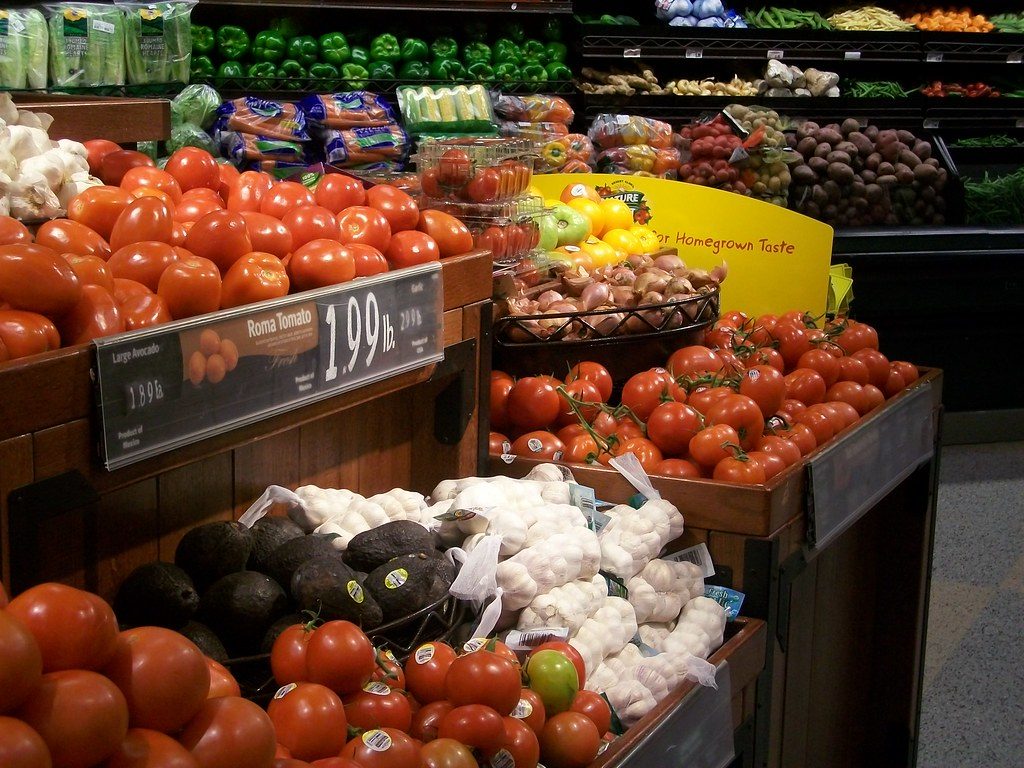In 2019, 13.7 million U.S. households were food insecure at some time during the year, representing about 10.5% of the total population. Households with children, with a food-insecure rate at 13.6%, face even more hardships in putting enough food on the table. Although food insecurity rate in the U.S. had steadily declined since the Great Recession—down from 14.6% in 2008 to 10.5% in 2019—the COVID-19 pandemic reversed this trend.
Several recent studies project a significant increase in food insecurity in the U.S. resulting mainly from increased unemployment and poverty rates in 2020. The estimates indicate that the percent of food-insecure households rose to 15.4%, meaning an increase of about 17 million Americans that become food insecure. Researchers also find a much higher food-insecure rate at 20.12% for households with children. Compared to the Great Recession, the COVID-19 pandemic caused a sharper decline in food sufficiency in the U.S. One of the reasons is that the pandemic hit the economy so quickly, leading to a sudden, drastic reduction in households’ financial capacity. On the supply side, it was partly due to the disruptions of food supply chains that occurred in the early stages of the pandemic in 2020.
In Montana, all 56 counties are projected to reach higher levels of food insecurity in 2020, according to Feeding American’s estimates. The largest increase took place in Mineral County, whose food-insecure rate increased from 14.8% to 17.7%. Twelve counties with rates below the 10% threshold in 2019 surpassed this threshold in 2020 (see figure below). At the state level, 118,390 people might face hunger in 2020, an increase of 7,310 from 2019. (For a discussion of food insecurity in Montana before the pandemic, see Anton Bekkerman’s post.)

Two other issues are worth noting. First, we are concerned not only with the quantity of available food but also with food quality. Due to various social-distancing measures and safety concerns, consumers are changing the composition of their food baskets and the way they shop for groceries. Since early 2020, people started using online grocery shopping and pick-up services while also shifting their purchases towards more storable food such as canned and frozen food. In addition, the closure of schools required parents to allocate more time to at-home childcare activities, leaving them less time to spend on preparing healthy meals.
Another important issue, often overlooked in policy discussions, is the food insecurity occurring on college campuses. On average, nearly one in three college students experiences some level of food insecurity, a rate much higher than the rest of the population. The difficulty in obtaining sufficient and nutritious food, together with other financial burdens such as unsteady income sources and costs of parenting, harms their potential in achieving academic and professional success. Many food-insecure college students are not eligible to receive benefits from the Supplemental Nutrition Assistance Program (SNAP), and many of those eligible are not aware of their eligibility. From time to time, they often rely on food banks and campus food pantries (such as MSU’s Bounty of the Bridgers). The pandemic certainly brought more hardship to their life as some of them could not continue working their part-time or full-time jobs, and the operations of food pantries are more or less strained while facing increasing demand for food aid.
In the short term, food insecurity may improve following large economic relief and stimulus measures because income is the major factor determining food security. Yet, stimulus checks are only temporary means to prevent the economy from falling into a (potential) recession by maintaining the demand. Unlike the financial crisis preceding the Great Recession, this pandemic has resulted in not only demand reductions but also immediate changes on the supply side. Basic economic principles tell us, a reduction in the supply raises the price level. While recently published numbers of inflation rates are drawing some concern, substantial increases in retail food prices have already taken place. Like the unemployment rate, inflation also has a negative impact on households’ financial status. Hence, to understand how the trend of food insecurity will develop in the next several years, we shall keep paying close attention to the indicators of the larger economy.

